INTRODUCTION
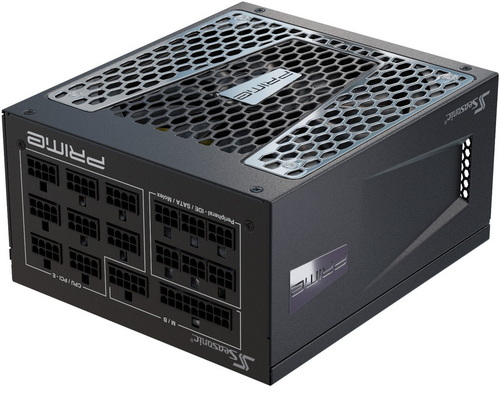
ATX 3.0 and PCIe 5.0 compliant power supply units might be the number one choice currently for gamers, enthusiasts and professionals but there are still many ATX 2.X models in the market that have very little to be jealous of. This has to do not just in terms of performance and features but also build quality and yes, even warranty. One such model is no other than the previous generation PRIME TX-1000 by Seasonic and since they recently upgraded it to also include an 12VHPWR connector (just like they had previously done with the TX-1300/1600 models, prior to releasing the ATX 3.0 versions that is) i decided to take a closer look.
Sea Sonic Electronics Co., Ltd was founded more than 40 years ago by engineers. Since its early beginnings the company has rigorously maintained its focus on the research, development and production of technologically advanced, high quality products. In 1981 Sea Sonic expanded into the production of PC power supplies to become one of the first manufacturers in this market. Soon after, the manufacturing of high quality and performance PC power supplies became the core identity of Sea Sonic.
The PRIME TX-1000 is an 80 PLUS Titanium Certified (up to 94% efficiency) power supply unit that features a single powerful +12V rail (83A) capable of delivering the units entire rated output (almost, 996W), 1139W peak output, micro-tolerance load regulator (under 0.5% load regulation), active PFC, DC to DC topology, cable-free connection design (back panel with PCB), fluid-dynamic bearing 135mm fan with hybrid mode (fan starts to operate at over 40% load) and high-quality Japanese manufactured capacitors. In terms of available electrical protections, the TX-1000 comes ready with over-current (OCP), over-voltage (OVP), under-voltage (UVP), short-circuit (SCP), over-temperature (OTP) and over-power (OPP) ones. As for warranty, once again Seasonic covers the entire PRIME TX line of power supply units with a very generous 12-year limited one.
SPECIFICATIONS AND FEATURES

PACKAGING AND CONTENTS
The PRIME TX-1000 arrived inside a long silver and black box that has the Seasonic logo, 80 Plus Titanium certification, product line, warranty information and some of the main product features at the front.
At the base of the box, we find the product features printed in 11 languages.
Turning the box around we find all the product features printed right next to two graphs and a product picture.
Typically, the power supply unit is placed between two thick foam spacers.
Along with the PRIME TX-1000 inside the box you’ll also find the power cord, modular power cables, carrying/storage pouches (for both the PSU and its modular cables), case badge, PSU tester, 12 cable ties, 5 cable straps, 4 case stickers, 4 mounting screws, sweepstakes paper, installation guide and the user manual.
THE PRIME TX-1000 EXTERIOR
Aside the main motherboard power cable, which is braided all others are individually sleeved, including the 12VHPWR one.
Measuring 170mm in length, 150mm in width and 86mm in height the PRIME TX-1000 is a medium sized model.
Just like with past PRIME models the 135mm fluid dynamic bearing fan is placed under a nice looking silver and black grille.
Antec has placed their logo and the product line name on both sides of the chassis.
The electrical table along with numerous certifications is located at the base of the enclosure.
All 16 modular power connectors located at the front are both grouped and tagged.
At the rear we find the usual perforation, on/off power switch, hybrid mode on/off button and the power port.
THE PRIME TX-1000 INTERIOR
Once again Ong Hua (also referred to as Hong Hua) is the manufacturer behind the 135 FDB fan (1800RPM).
Thanks to the cable free connection design the interior is very clean.
Both primary capacitors are manufactured by nichicon and are rated for use up to 105 degrees Celsius.
Secondary capacitors are manufactured by both Nippon Chemi-Con and nichicon and are also certified for use up to 105 degrees.
TEST BED
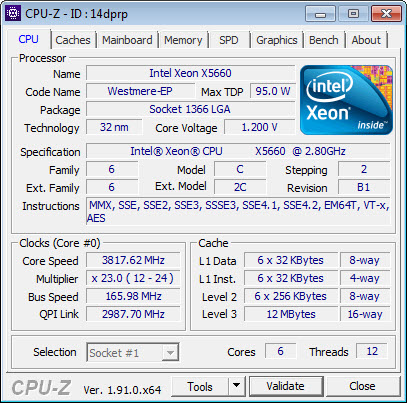

TESTING METHODOLOGY
Using a dedicated measurement instrument such as a Chroma or a SunMoon to test power supply units is without doubt the most ideal and accurate way (not to mention the fastest) to do that currently. However, it's certainly not the only way there is and so pretty much anyone can test a power supply unit just by using a test rig. Certainly, limitations do apply and so you can't really push a 1000W power supply to its limits if your system only uses 500W at peak loads and that's why over the years we saved certain hardware components for the purpose of building a dedicated PSU test rig. True it may not be as accurate as the above mentioned solutions, but it comes really close and is in fact much closer to real world usage. So as always, we ran several games with maximum graphic options enabled at a resolution of 2560x1600 in order to stress every hardware component and increase the overall power demands of the system. The Passmark BurnIn Test was also used to overstress the components in an effort to provide the most accurate results possible. As a final test we also used the latest OCCT 4.4 software and its dedicated PSU testing suite since it can really bring a power supply to its knees after inside a few minutes.
Rail stability was checked/measured with the CPUID Hardware monitor and a Metex multimeter which also recorded the system load in idle and in load. As always try to remember that the power consumption numbers listed in the graph are the highest (Peak) ones recorded during the entire duration of the tests and not the average ones. Noise levels coming from the fan were recorded using the high precision HD600 ExTech Sound dBA Meter from the rear of the unit and at a range of no more than 5-10cm. Readings under load are recorded the exact moment we manually switch the fans of all graphics cards from full speed to almost zero, that way the fan of the power supply does not have enough time to slow its RPM and so by doing this we get very accurate noise level readings. Needless to say, in order to get 100% accurate readings, you need to have a noise isolated room for that exact purpose, something which is quite impossible unless you are working inside a real lab (some people use very small noise insulated boxes but due to their size both heat and noise exceed normal levels and so the results can't really be considered to be 100% accurate, nor realistic for that matter). Also do take into account that since all noise measurements take place from just 5-10cm away the final noise levels to reach your ears will be considerably less.
* After well over 10 years of testing PSUs the Intel Core i7-920 CPU of this rig failed and so we replaced it with a Xeon X5660 (we also swapped the GA-X58A-UD7 for the G1. Assassin).
TEST RESULTS



CONCLUSION
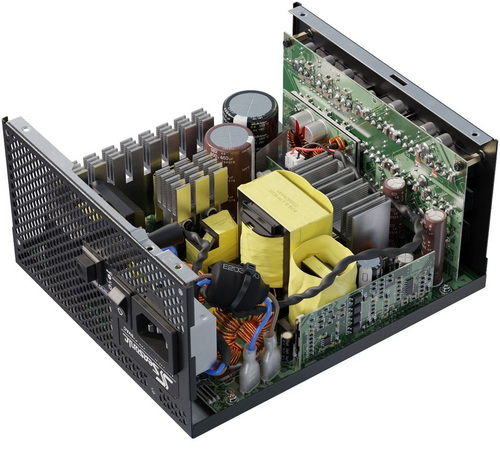
Just like all PRIME models before it the TX-1000 does a great job both in regards to rail stability and noise levels. Build quality is of course one of the strongest selling points of most Seasonic models and well it’s a valid one here as well. The lack of ATX 3.0 & PCIe 5.0 compliance is the sole drawback of this model but thanks to the addition of an 12VHPWR adapter I think most people will find that they can do without it. That being said getting your hands on one of the newer ATX 3.0 & PCIe 5.0 compliant PRIME models is the best choice but since Seasonic has yet to release an 1KW model this one could be a better overall option for some people.
Currently retailing for USD319.75 inside the USA (Amazon.com) and for around 315Euros inside the EU the PRIME TX-1000 by Seasonic is certainly priced high but not that higher compared to 80 PLUS Titanium models with similar build quality and output. At the end of the date the only reason one should get the TX-1000 over the TX-1300 model for example which is ATX 3.0 & PCIe 5.0 compliant is cost but since it also delivers rock solid rail stability, great electrical efficiency and low noise levels it clearly deserves the Golden Award.

PROS
- Excellent Build Quality
- Impressive Rail Stability
- 80 Plus Titanium Certified
- Electrical Protections (OCP/OVP/SSP/OPP/UVP/OTP)
- Low Noise Levels
- Micro Tolerance Load Regulator
- 12VHPWR Connector (600W)
- Hybrid Fan Mode
- Powerful Single Rail (83A)
- 12 Year Limited Warranty
- Design
CONS
- Price (For Some)
- Not ATX 3.0 & PCIe 5.0 Compliant

 O-Sense
O-Sense





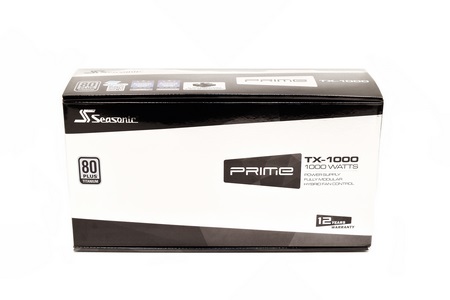
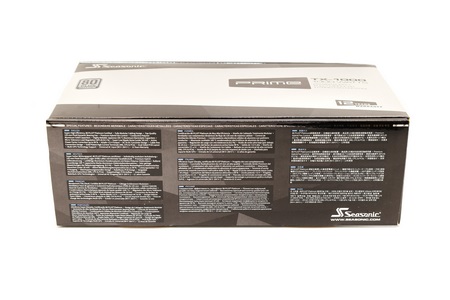
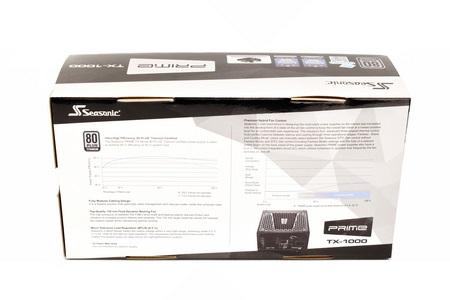


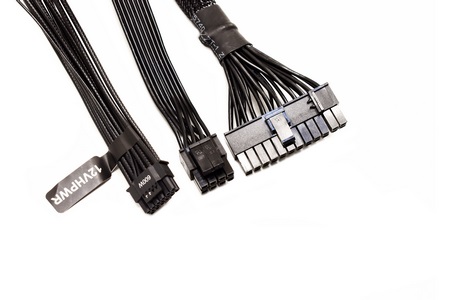
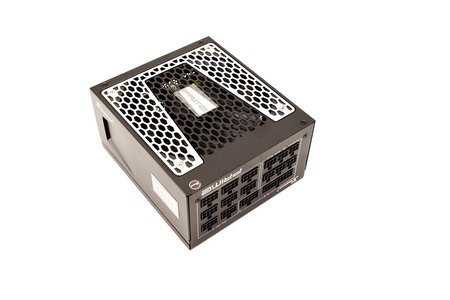

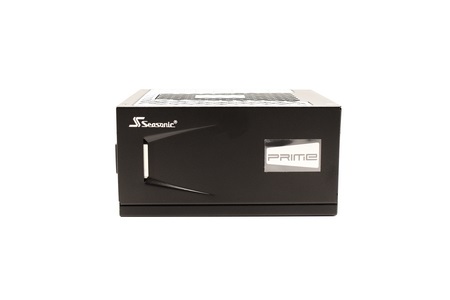


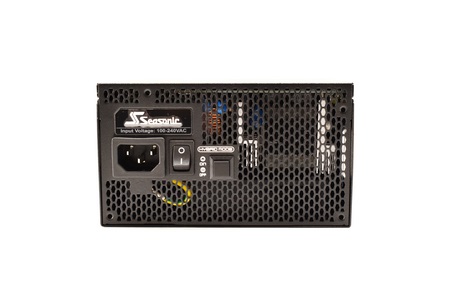
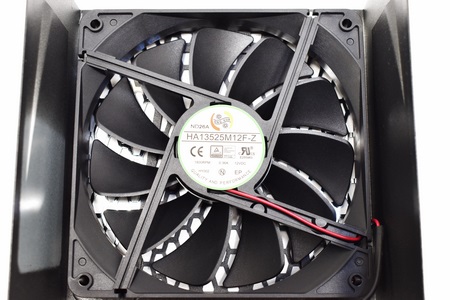

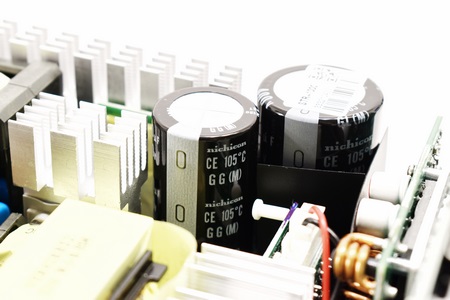




.png)

